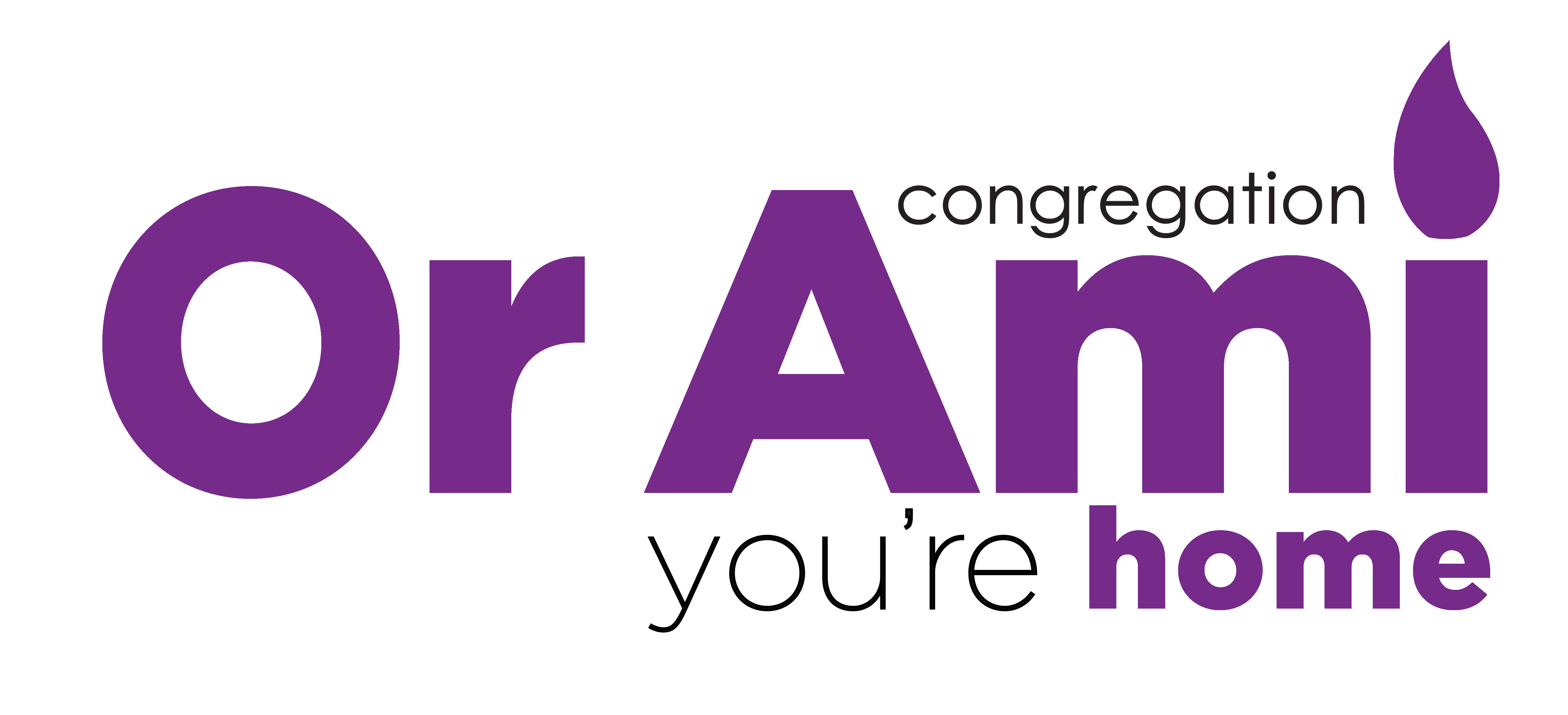The People of the Book
By Lana Zilberman Soloway
The Jewish people are known to the world as Am HaSefer, which means, People of the Book. The term actually originated in Arabic as Ahl Al-Kitab. It is first found in the Holy book of Koran, describing Jews but also Christians, Zoroastrians, and other religious groups considered to possess divine books.
We Jews are the People of the Book because our genius is connected to books. First we received the Torah (Five Books of Moses), referred to as the written law, then we added other books to the cannon of the Tanakh (the 24 books of the Hebrew Bible), and then later on, the Mishnah and the Talmud joined our shelves, uniting the oral laws and other traditions.
In every generation of Jewish People, books were written, books are continuing to be written and hopefully this tradition will never stop. Our collection of Jewish texts is definitely one of the most important, richest, and impressive libraries in the history of the world, with a unique combination of old and new, of tradition and renewal.
Books inspire us with exciting ideas. They influence us, challenge us, and help us grow. Books have the ability to transfer us from one place to another, to different places and times. They allow us to learn, to dream and to imagine. They complete us and help form who we are.
The Siddur, (the prayer book), is one of our most important books.
The siddur, is the most utilized and the most held book, is second only to the Torah in its importance. The siddur is written mostly in Hebrew, but some prayers are in Aramaic, the language used by the Jews in their everyday life in ancient Babylon and ancient Israel. Since modern times, the siddur also contains the language of the country where it is read, so in America it contains English translations; in France, French, and so on.
The word siddur comes from the Hebrew word seder, which means order. The book was created as a guideline to help people navigate during the service/prayer time. The siddur contains special prayers according to the order of the Jewish calendar. It is the instrument of synagogue worship and includes prayers for weekdays, Shabbat, New Moon, all the festivals and fast days, together with the relevant guidelines preceding each section. At the end it contains blessings and special prayers for special occasions such as marriage, circumcision and the burial service. It also contains passages from the Talmud and the Hebrew Bible, and selections written by rabbis and poets through the middle ages and the modern times.
The siddur is more than just a prayer book. It is a record of the great victories and tragic defeats Israel has experienced during its long history. It is a testimony to the aspirations and hopes of our people throughout time. It provides insights into daily Jewish living and all life cycle events in the calendar. It provides a record of Israel’s relationship with God.
The siddur as we know it today is based on the one compiled by Rabbi Amram Gaon in Sura, Babylon, about 1200 years ago. It is the end product of a slow historic process. The siddur has always remained open to new prayers to meet the needs arising from new situations. This gives it the added dimension of timelessness, and suits it admirably to the spiritual needs of the Jewish people.
Hundreds of new Siddurim were written since the first one by Rabbi Amram Gaon, including Mishkan Tefila, the American Reform movement’s Siddur that we use at Congregation Or Ami. On Friday, January 19th, we will give our youngest learners their own new siddur during a very special dedication ceremony. Please join us tonight at 6:30 pm PT, for this unique L’dor Vador (from generation to generation) moment.
